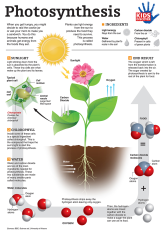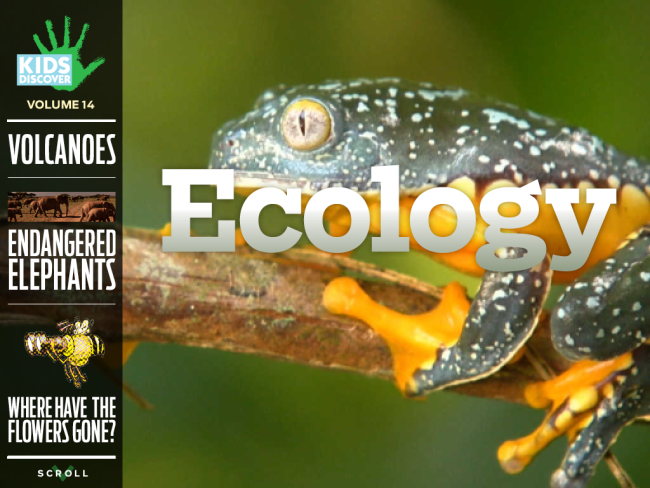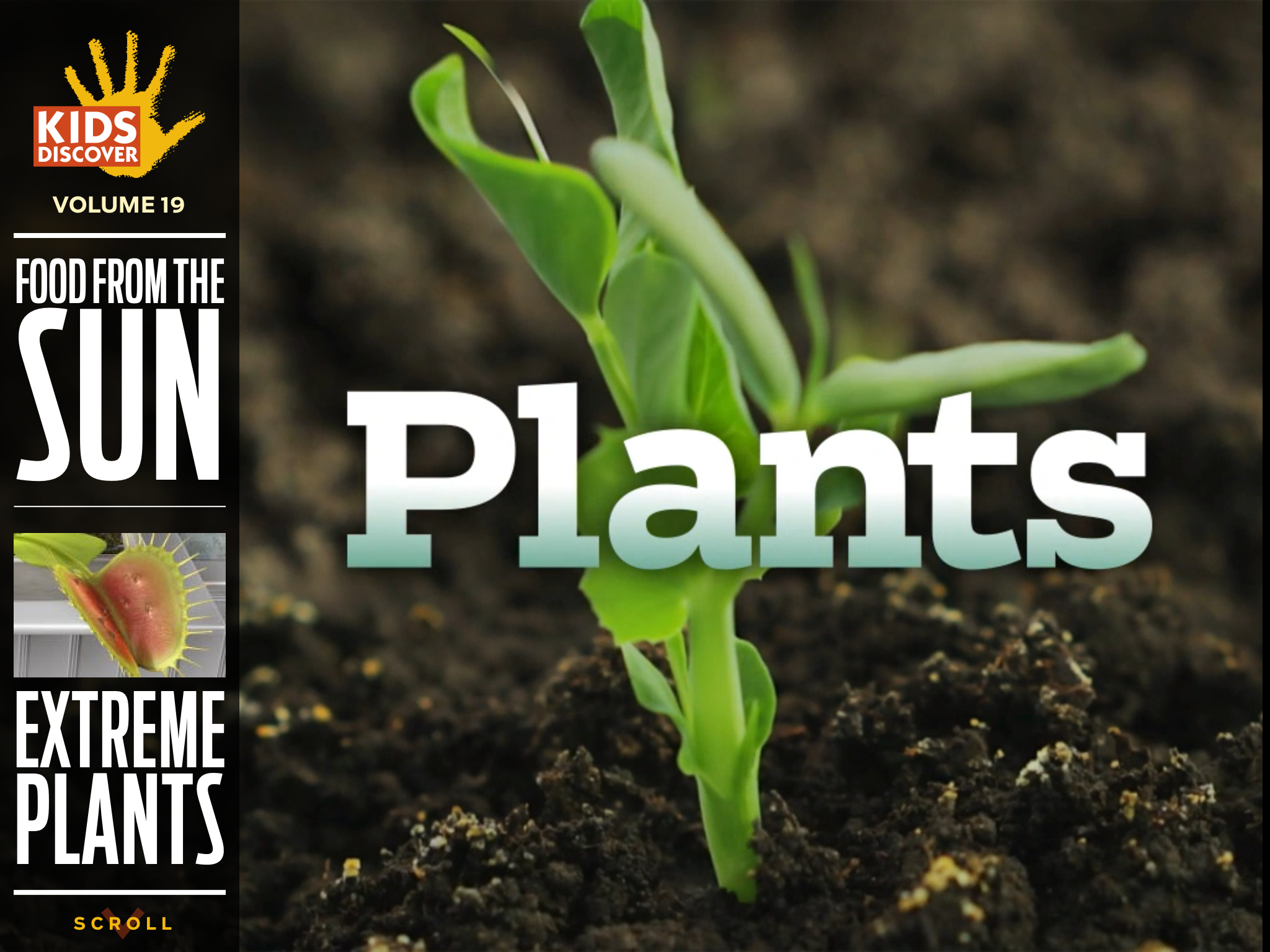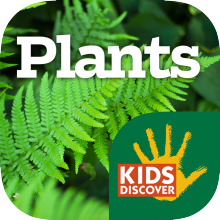 Of all the ways we interpret the world around us, our sense of smell is one of the strongest. That’s because after passing through our nose, smells travel through a nerve to a bulb in our brain that is near the parts that record emotions and lay down memories. It’s why a sudden smell can instantly remind us of a very distant, but distinct, event.
Of all the ways we interpret the world around us, our sense of smell is one of the strongest. That’s because after passing through our nose, smells travel through a nerve to a bulb in our brain that is near the parts that record emotions and lay down memories. It’s why a sudden smell can instantly remind us of a very distant, but distinct, event.
When we can combine an activity that takes full advantage of this underappreciated sense with one that is hands-on in its approach to teaching, it is possible to create a very powerful experience for the children in your classroom. Scent gardens are one such experience.
Scent gardens have been around for thousands of years. Persians were among the first peoples to purposefully foster fragrant herb gardens. Usually these gardens were located inside a courtyard and constructed using square or rectangular shapes, surrounding a fountain. These gardens were called pairidaezas, from which the word paradise is derived.
Clearly it’s not necessary to add a fountain in order to create a scent garden. But don’t be surprised if you feel like they are a small piece of paradise once you realize how much you can teach students about plants and herbs by creating one.
Building Boxes
Before you choose the herbs you want to showcase, it is important to create the right environment. Find an area with plenty of sunlight and easy access to water.
It is fine to cultivate a scent garden simply by digging up soil in a given area, the way you might begin a vegetable garden. But if possible, try to keep the herbs separated by housing them within the confines of their own small habitats. Create any shape you like by attaching wooden panels or boards together that are about one inch thick and four to eight inches high. Set them on a substrate that will allow water to filter into the soil rather than collect and pool. Fill the space evenly with soil at least four inches deep. Now you are ready for some herbs.
A Smattering of Smells
If you pick the right plants it is possible to get a veritable bouquet of smells in the garden. Some herbs give off their odor freely. But to get a whiff of many, students must first pluck a leaf. The scent will linger as they roll the leaf between their fingers.
Tried and True
For a nice base of fragrance, try planting some common herbs like basil, mint, lavender, oregano, rosemary and thyme. They are often used in cooking and have very specific smells.
Next, try adding a few herbs that produce aromas children are already familiar with. There are a lot of plants that smell like lemon when you press upon their leaves. Five common ones are lemon balm, lemongrass, lemon thyme, lemon basil and lemon verbena.
Familiar Scents
Many herbs also smell of mint when you pinch their leaves or flowers between your fingers. A few well-known ones are costmary, mountain mint and St. John’s mint. The banana mint even has a faint scent of fruit. Keep one tip in mind when working with the original mint species Mentha though—it tends to take over. It is important to keep this plant separated from others. If you box if off by itself that is fine. If it is one plant in a larger garden you will want to put it in its own pot.
Peculiar Perfumes
Herbs come in an array of odd odors. Pineapple sage, for instance, does actually smell like pineapple. And from the leaves of peppermint willow wafts the smell of…you guessed it, peppermint. Less obvious is the smell that comes from an herb like anise hyssop, which gives off a licorice scent. And catmint, better known as catnip, smells heavily of cinnamon. If you plant this herb in the garden be on the lookout for felines. All cats are crazy for catnip.
For more far-out fragrances, the scented geraniums are hard to beat. These plants, also called pelargoniums, aren’t able to handle cold winter weather and don’t have the flashy flowers of common geraniums. But they do emit a range of pleasant scents. Some scented geraniums smell like fruits: apple, orange, lime, strawberry, or apricot. Different species give off a variety of other smells. Picture smelling ginger, rose, nutmeg and even chocolate, just from the crushed-up leaves of a plant!









